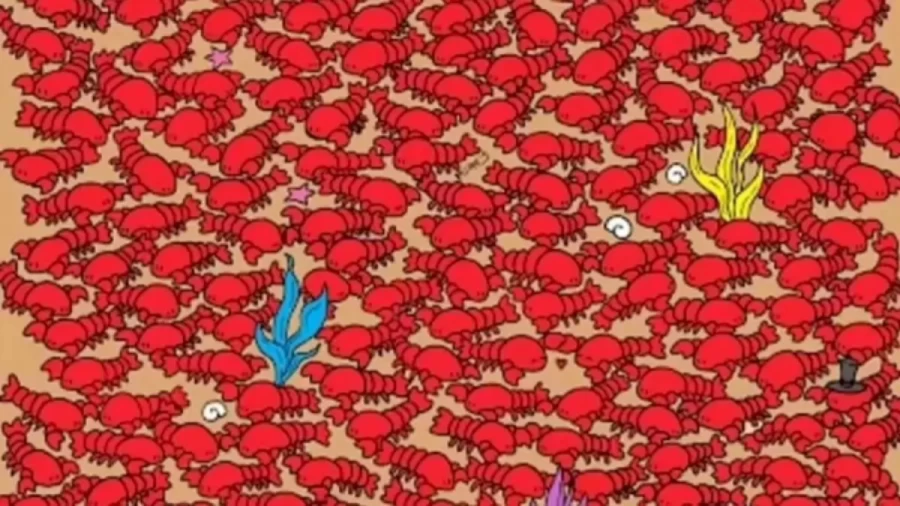
The science behind optical illusion
A person might ask about the precise definition of the term “optical illusion” upon hearing it. Basically, an optical illusion occurs when the appearance of the object differs from its reality. There are multiple types of optical illusions, such as literal optical illusions, which are created by combining multiple images. Physiological illusions prompt people to perceive elements of an image that do not exist, while cognitive illusions take advantage of an individual’s assumptions about the world to produce optical illusions. This written work also includes an exceptional optical illusion to evaluate visual acuity. Without further ado, let’s get started.
What are the different types of optical illusion?
Optical deceptions are captivating and fascinating perceptual phenomena that trick our brain processes into perceiving something that does not actually exist or interpreting something differently from its actual existence. There are a variety of different categories of optical illusions, each with its own set of unique features and characteristics.
- The first type is geometric illusions, which use shapes and patterns to create the illusion of depth, movement, or distortion. These illusions play with the mental perception of spatial relationships and depth.
- The second type is ambiguous illusions, which present images that can be interpreted in various ways, causing confusion or uncertainty about what is being seen. This type of illusion plays on the mind’s ability to decipher visual data accurately.
- The third type is color illusions, which take advantage of the impact of color and light to create the impression of movement, depth or contrast. These illusions have an intrinsic association with color theory and can provoke a wide range of emotional responses.
- Motion illusions, which are the fourth type, manipulate the perception of motion in a static image, creating an impression of movement or activity. The mind’s ability to distinguish between movement and stillness is a central element of these illusions.
- The fifth type is tactile illusions, which use texture and touch to create the impression of depth, shape, or movement. These illusions use the brain’s intricate sensory processing system to produce vivid, realistic sensations.
- Perceptual illusions, the sixth type, create the impression of size, shape, or color that differs from the actual physical characteristics of the object. This type of illusion tests the limits of the brain’s ability to perceive and interpret visual stimuli.
- Flickering illusions, of the seventh type, give the impression of movement or alteration through the use of rapidly flashing images or colors. These illusions explore the mind’s susceptibility to dizziness and other forms of visual disorientation.
- Finally, afterimage illusions, the eighth type, produce the illusion that an image or color persists in the field of vision after its removal. These illusions demonstrate the way the mind processes and stores visual information.
Optical illusions can be found in a wide range of media, including art, advertising, and entertainment. They provide a fascinating method to delve deeper into brain functioning and perception, allowing for a deeper understanding of the relationship between the senses and cognition.
Optical illusion of four little crabs
Is reality simply an illusion? Your visual system is a wonderful mechanism that works in perfect synchronization with your brain to create the world as you perceive it. However, sometimes your eyes deceive you. While your brain governs your entire nervous system, your eyes sometimes trick your brain into perceiving things that are not what they seem.
Now, let’s delve into the optical illusion of the four tiny crabs and test your cognitive acuity by identifying the elusive crustaceans. Optical illusions, like this one, are excellent tools to expand your mind and push you to think beyond the obvious.
Watching optical illusions can improve your cognitive and observation abilities, and this particular illusion is an exciting exercise in honing those skills. If you managed to identify the Four Tiny Crabs in the image, you are an astute observer. Take a look at the following illustration. What do you perceive? Can you see the four little crabs?

Where are the four tiny crabs in this optical illusion?
This visual anomaly appears arduous, but with a modicum of concentration, one can discern the four tiny crustaceans. Almost no individual can identify the four tiny crustaceans upon initial observation. In fact, understanding the image itself can require a considerable amount of time.
Therefore, here is the clarification that represents the Four Tiny Crustaceans located within the outlined area. Isn’t it a fun activity to discover hidden objects? There are numerous unprecedented visual anomalies. To experiment with more comparable illusions, browse our website!

Disclaimer: The above information is for general informational purposes only. All information on the Site is provided in good faith; However, we make no representations or warranties of any kind, express or implied, regarding the accuracy, adequacy, validity, reliability, availability or completeness of any information on the Site.
Categories: Optical Illusion
Source: hellokitty.edu.vn